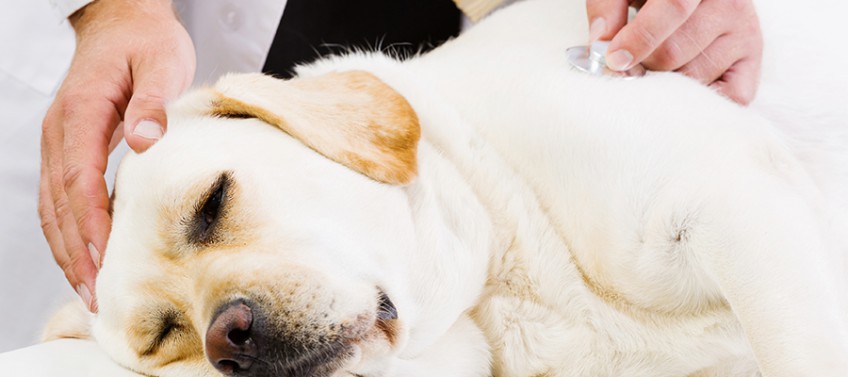Call Dr. Celeste Conn at 1 410-708-2608 to schedule an appointment
- Menu
- Home
- About Us
- » Meet Dr. Celeste Conn
- » Housecall Policies
- » Areas and Hours
- Services
- » Vaccinations
- » Wellness Checks
- » Diagnostics Services
- » Flea and Tick Control
- » Internal Medicine Consults
- » Dietary Counseling
- » Behavioral Counseling
- » Health Certificates
- Pharmacy
- Articles
- Resources
- » Puppy and Kitten Care
- » Senior Pet Care
- » Animal Rescue and Adoptions
- » Pet Health Care Library
- » Helpful Pet Care Links
- Gallery
- Contact
- » Schedule an Appointment
- » New Patient Info
- » Emergencies
- » Request Prescription Refill
Senior Pet Care
Caring for a sick or aging pet
I’ve been fielding lots of questions lately regarding senior pet care. Clients have concerns that their elder pets are comfortable, that their pet’s health is as optimal as possible given his or her life stage and that as owners, they are doing all they can to maximize a cat or dog’s longevity. So I thought I’d share some insights about a subject dear to my heart.
My dad used to say, “It takes a lean horse for a long race.” Don’t know if he made that up, but I do know what he meant. To live a long life, shed those extra pounds! Pet food manufacturers all market senior diets. These foods are limited in calories and often restricted in minerals like phosphorus for kidney health. Most are also beefed up with antioxidants. Depending on breed, many consider 7 years and over to be senior and the appropriate age to switch diets.
Another maxim of my dad’s was that you had to keep old dog legs moving. These adages certainly echo what we know to be true in human medicine. Dog bodies too are meant to move, and to do so, they should be free of excess weight.
We all lose muscle mass as we age. Exercise helps minimize muscle loss. And movement of any type circulates joint fluid, stretches tendons and keeps ligaments loose. In short, it reduces stiffness. We often forget that cats get arthritis too. Owners complain that their cats don’t jump up on things anymore or make several attempts and fall. This can be a sign of osteoarthritis. Joint supplements like glucosamine and chondroitin help repair damage from arthritis and are available for both dogs and cats. Contact your vet about appropriate dosages.
Senior pets very often benefit from proactive blood testing. Routine screening frequently detects altered thyroid states (hypo in dogs, hyper in cats), anemia or all too commonly kidney disease. Many of these problems can be addressed with medicine or dietary change. Vets recommend seeing a senior pet twice yearly to monitor changes in blood pressure, weight loss or gain and to keep owners informed of subtle changes in an animal’s physical condition. Remember that vision and hearing deteriorates as pets age. Dogs develop cataracts and don’t see well in low light situations. Keep that in mind when letting a dog out at night as he may be momentarily blinded. Ramps or carpet runners help an old dog traverse treacherous steps or slippery floors. Simple things like keeping nails trimmed can help an older dog take better purchase on the ground and ensure good footing. Consider a heated bed or certainly one raised off a cold floor. Dogs get more lumps and bumps as they age. Some lumps are malignant, but if caught early, can be safely removed.
So frequently the quality of life for a senior pet is dependent on the observation skills of his or her owner. My Maine Coon cat Chessie is 18 ½ years old. His excessive water drinking prompted me to do blood work. That revealed failing kidneys. So I changed his diet. Because his urine is dilute, he is prone to urinary tract infections. He started urinating outside his box. I put him on antibiotics. His arthritic legs can’t go down stairs to the litter box so I moved it closer. Colder temperatures make his joints stiff. Now he has a heated bed.
So how is your senior pet today?
Call Dr. Celeste Conn at 1 410-708-2608 to schedule an appointment
The Visiting Veterinarian
Celeste Conn, VMD
1 410-708-2608
[email protected]Copyright 2024, The Visiting Veterinarian. All rights reserved.

